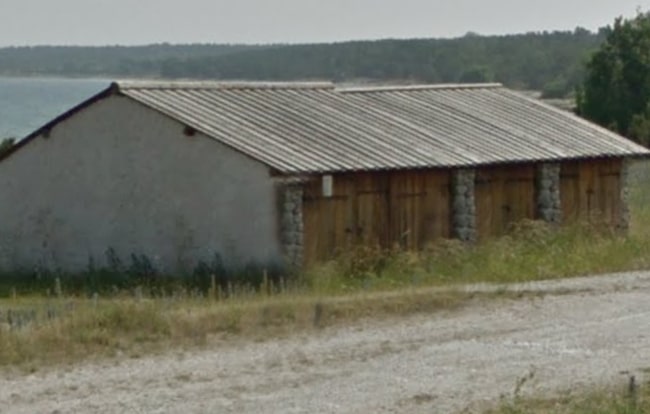At the beginning of the 1930s, there were 39 church stables preserved in connection with Fårö church. However, these were in poor condition. They lay in groups around the church by the access roads. Those who belonged to the farmers at Broa, Lansa, Marpes and Lauter and others. farms in western Fårö were directly adjacent to the vicarage. A smaller number were just north of the cemetery wall, where there is now a field, while the great majority lay in a long line down by the lake. The latter belonged to the farms up in Austur, i.e. eastern Fårö.
In a time when horse and carriage was the most common means of travel, church stables were a necessity. The way to the church was long and the roads bad. And you had to go to church, even if the weather was miserable.
The stables were built close together in long rows, often built together. Each farm had its own stable.
The church stables played their role and were abandoned as the car and bicycle became more and more common. The buildings fell into disrepair and were gradually demolished. In 1936, there was only one row of four church stables preserved. They all belonged to farmers from eastern Fårö. These stables were saved from demolition The Bunge Museum and its creator Theodor Erlandsson. Thanks to the efforts of the Bunge Museum, they are still standing in their original place by Kyrkviken. The four stables are owned by Bunge Museum but are looked after and used by Fårö Homeland Association.
Source: Fårö Hembygdsförening









